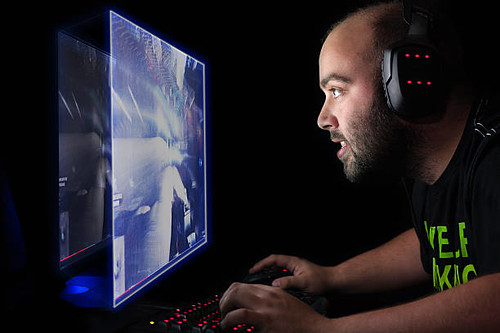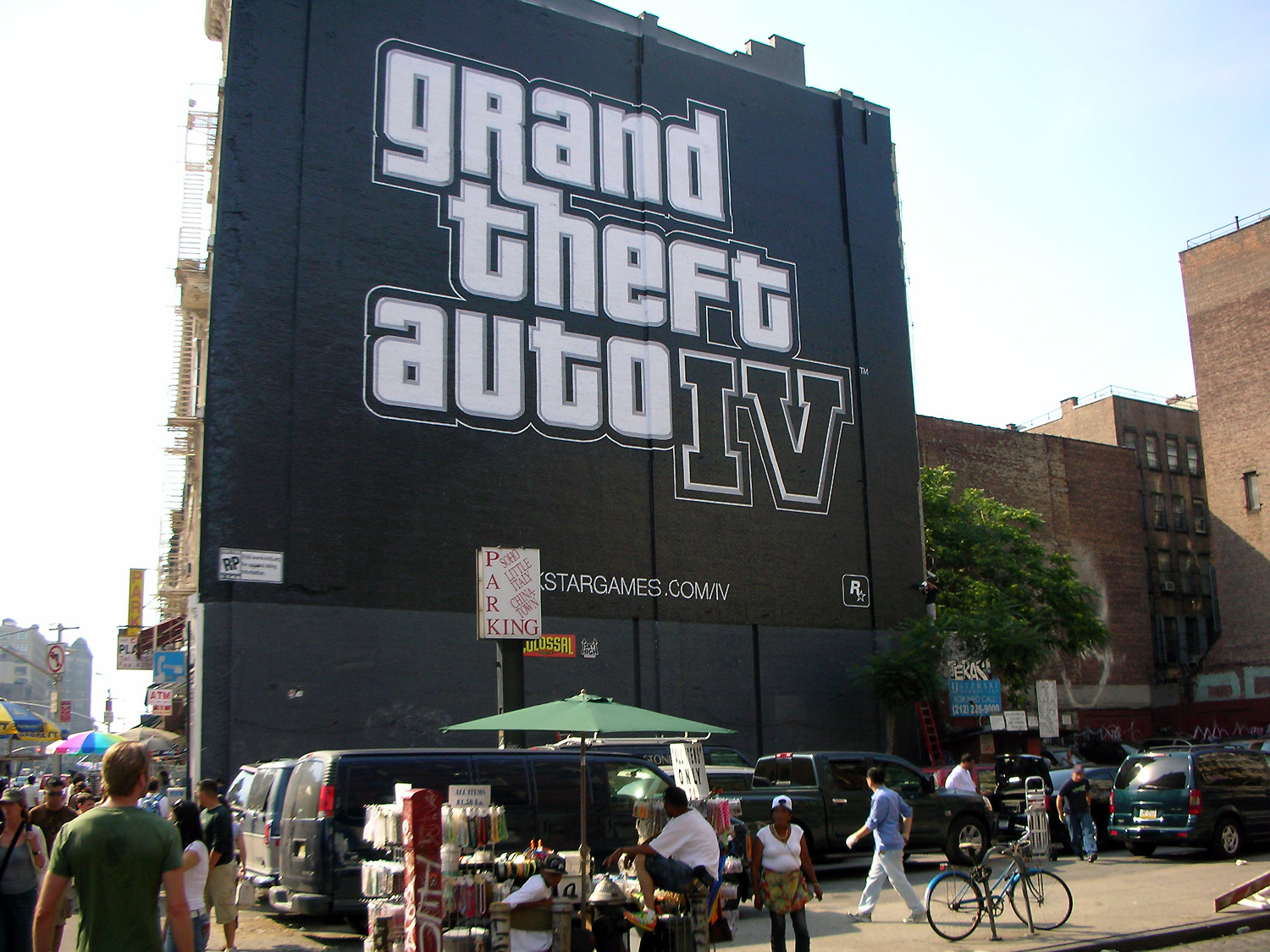If you’re a fan of the Fallout series, you’ve likely been following the buzz around the new TV adaptation with the fervor of a Vault Dweller tracking down a water chip. The show has been a hit, but it’s also stirred up some dust among the faithful, particularly regarding the fate of Shady Sands and the canonical status of Fallout: New Vegas. Let’s dive into the crater of this controversy and unearth the truth about New Vegas’ place in the Fallout universe.
The Fallout TV show has taken us back to the Wasteland, and it’s been a blast. But, as with any adaptation, there are changes that have left some fans scratching their heads under their power armor helmets. The most explosive of these changes? The transformation of Shady Sands, the iconic city from the games, into nothing but a big, irradiated hole in the ground. This narrative choice has fans up in arms, wondering if it’s a retcon that erases New Vegas from the timeline.
But fear not, fellow Wasteland wanderers! The rumors of New Vegas’ demise have been greatly exaggerated. In fact, they’ve been outright debunked by none other than Emil Pagliarulo, the lead designer and writer of Fallout 3 and 4. He’s been clear: New Vegas is still very much canon. And if you need more assurance, Todd Howard, the grand overseer of Fallout himself, has confirmed it too. In an interview with IGN, Howard made it clear that the bomb over Shady Sands fell after the events of New Vegas, not before.
Howard’s words are a soothing salve to the burns of worried fans. He shared his initial shock at the decision to blow up Shady Sands, a location with deep roots in the franchise’s lore. But he also reassured us that the timeline is intact, and the events of New Vegas stand unaltered. This is more than just a nod to continuity; it’s a testament to the importance of New Vegas to the series and its fans.
The impact of New Vegas on the Fallout universe is undeniable. It’s a game that expanded the lore, introduced unforgettable characters, and gave players a level of agency that has become a benchmark for RPGs. It’s no wonder that Howard speaks of it with such reverence. He even hinted that the second season of the show will visit New Vegas, bringing with it the game’s signature deathclaws, which were conspicuously absent in the first season.

What does this all mean for the future of Fallout on screen? It’s a balancing act, as Howard pointed out. Adapting a game with multiple endings is tricky, but the goal is to honor the choices players made without cementing one ‘true’ ending. It’s about preserving the essence of New Vegas while adapting it for a new medium. And with Howard’s commitment to the game’s legacy, it seems New Vegas will continue to be a vital part of the Fallout story.
As we look forward to the next season of the Fallout show, we can rest easy knowing that New Vegas is safe. It remains a beloved chapter in the Fallout saga, its neon lights undimmed by time or television. And with Todd Howard at the helm, we can trust that the spirit of New Vegas will survive, even as it finds new life on our screens.
Excitement for the upcoming season of the Fallout show continues to build, as fans eagerly anticipate the return to the beloved world of New Vegas. With its iconic neon lights and rich storytelling, the allure of this chapter in the Fallout saga remains as potent as ever. Under the guidance of Todd Howard, the spirit of New Vegas is poised to thrive on our screens, ensuring that its legacy endures through this new adaptation.
Related posts:
Todd Howard confirms the Fallout show didn’t retcon non-Bethesda Fallout games: ‘Everything that happened in the previous games, including New Vegas, happened’
Todd Howard Talks Fallout: New Vegas And How It’ll Impact The TV Series
Todd Howard





